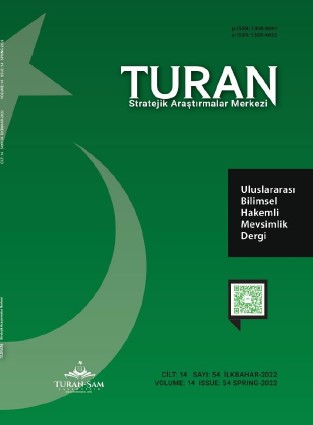ANTROPOJENİK OLARAK ETKİLENEN TOPRAKLARIN MİKROBİYOTASI
MICROBIOTA OF ANTHROPOGENICALLY AFFECTED SOILS
Author(s): Shabnam ASADOVASubject(s): Environmental and Energy policy, Human Ecology
Published by: Sage Yayınları
Keywords: microbiocenosis; soil conditions; biological activity; destruction;
Summary/Abstract: Environmental pollution provides a basis for assessing the consequences and taking the necessary measures to eliminate them. The influx of pollutants into the soil leads to the deformation of microbiocenoses and the accumulation of toxic substances. Such changes in the composition of microbiocenoses stabilize faster than in phytocenoses. It would be more accurate to link this to the ability of microbiota to reproduce rapidly. That is why the idea of using microorganisms in biomonitoring is extremely important for ecologists, bacteriologists, mycologists and protozoologists. It is very important to observe the recent changes in the environment as a result of anthropogenic impact. The interest in soil microorganisms in this area is mainly due to their impact on soil fertility, vegetation, including fauna and human health. All soil bacteria have the ability to perform unique functions and participate in the destruction of plant remains in association with other representatives of the soil biota.
Journal: TURAN-SAM
- Issue Year: 14/2022
- Issue No: 54
- Page Range: 255-257
- Page Count: 3
- Language: Turkish

